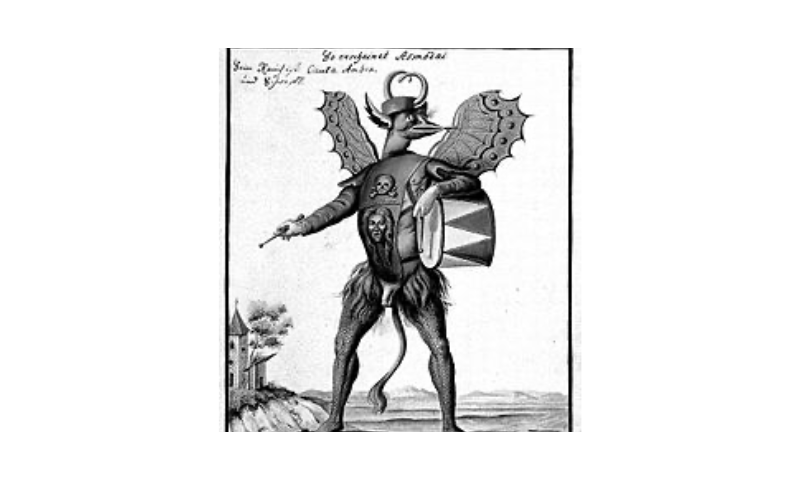Nir Hasson
Haaretz, Mar. 21, 2017
“I think about these bowls as a kind of system of multi-lock doors with several bolts. First you draw the figure you want to get rid of and then you bind it in a depiction and bind it in words. The final lock is that you turn it over and the space becomes a prison, a demon trap.”
Demons are well-known figures in Jewish mysticism. In the Talmud and elsewhere there is a wealth of information about their characters, warnings against them and means to dispel them. In keeping with the Jewish injunction prohibiting the making of statues and masks there are no visual aids to indicate how the demons look. There was a period in history, however, between the rise of Christianity and the Muslim conquest of the Middle East, when Jews (mainly in Babylon) gave demons a shape.
Painstakingly, archaeologist and art historian Dr. Naama Vilozny has copied these images, analyzed their attributes and put together the first visual catalog ever of Jewish demons. Scholars believe the reason Jews in Babylon undertook to draw demons between the 5th and the 7th centuries has to do with a series of relaxations of the strictures, which rabbis gave the Jews as a way of dealing with the challenged posed by the increasing strength of Christianity. Fearing that Jews might prefer the new religion, the rabbis agreed to allow magic that included visual images. The demons Vilozny researched were drawn on “incantation bowls” – simple pottery vessels the insides of which were covered with inscriptions and drawings.
Bowls of this sort have been discovered since the 19th century in archaeological digs beneath houses in Jewish neighborhoods excavated in Iraq. They were found inverted under the floors of homes and the hypothesis is that they were placed there prior to construction as a magical object, a kind of “demon trap.” It is believed that the demons were supposed to be trapped in the space created beneath the bowl and the combination of text and the drawings would prevent them from escaping from there and harming the people who lived in The House. The bowls were made by a magus, a sorcerer who specialized in this kind of exorcism. … [To read the full article, click here]


